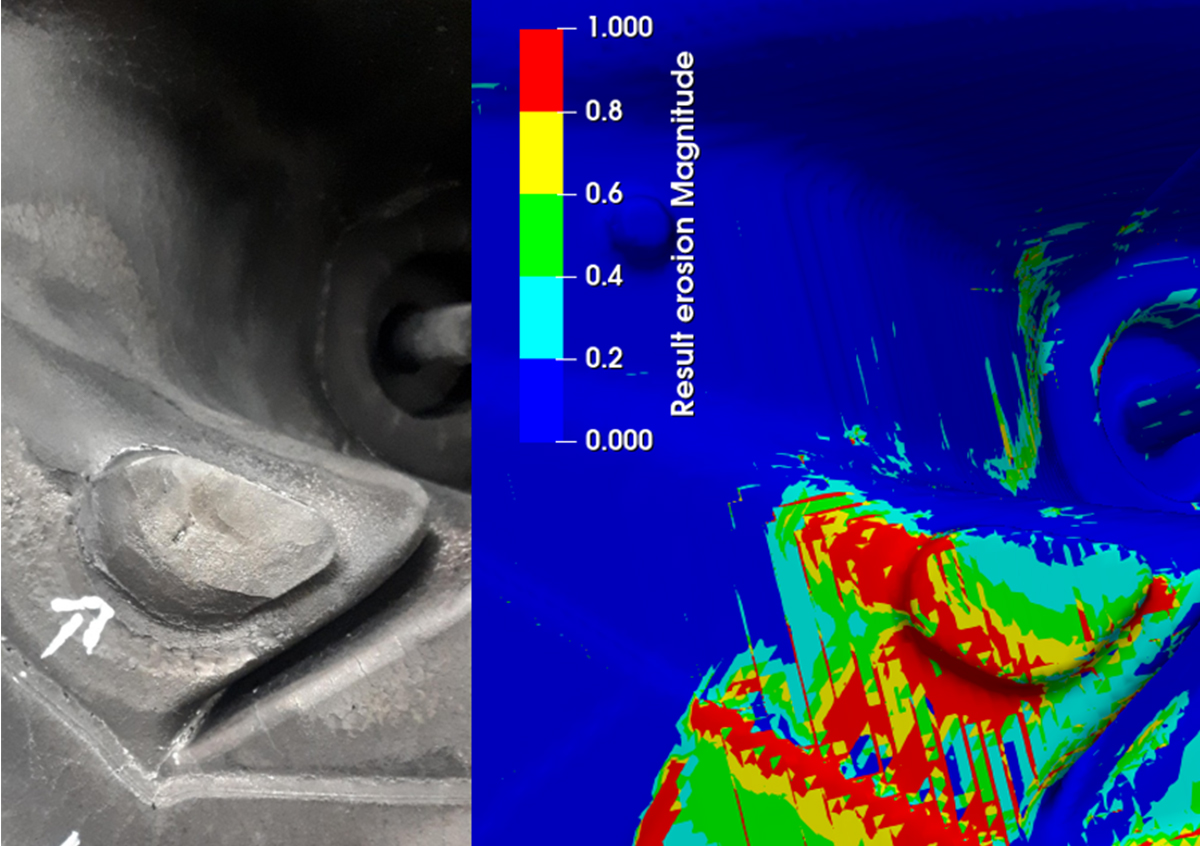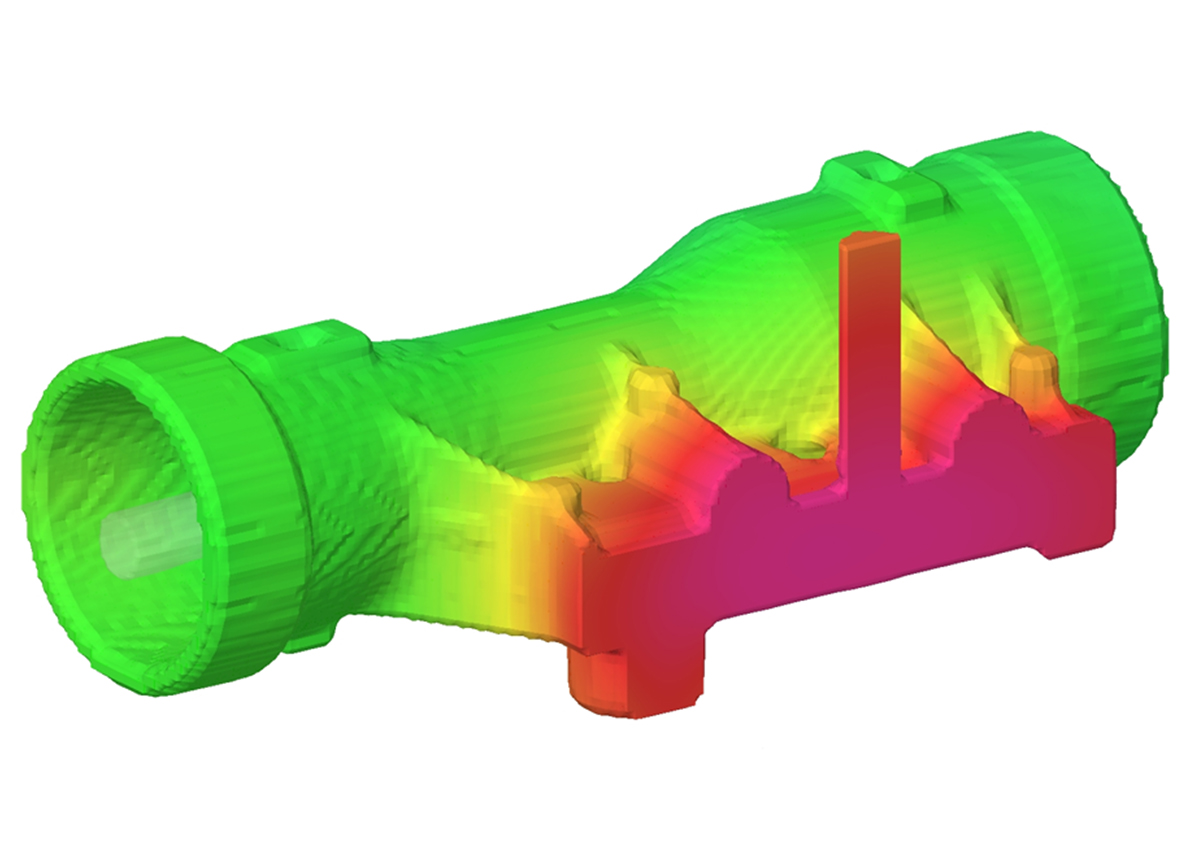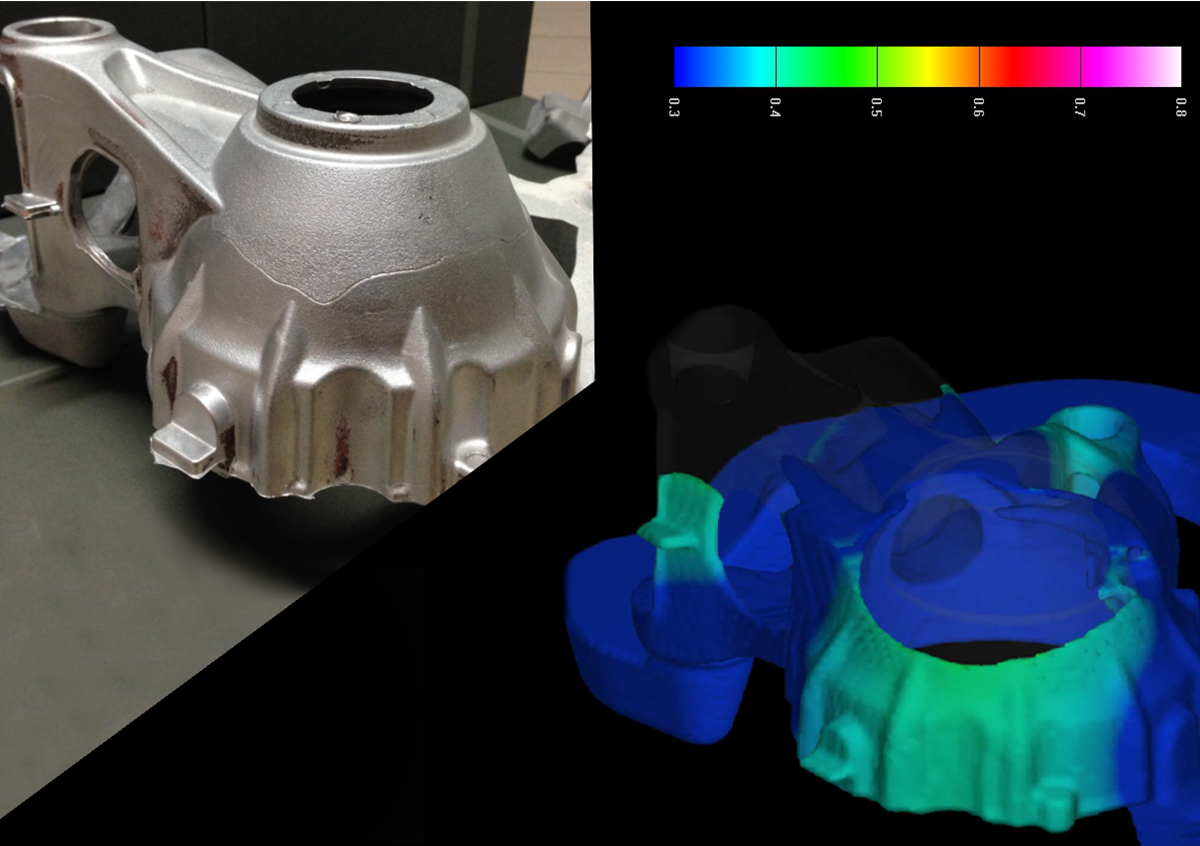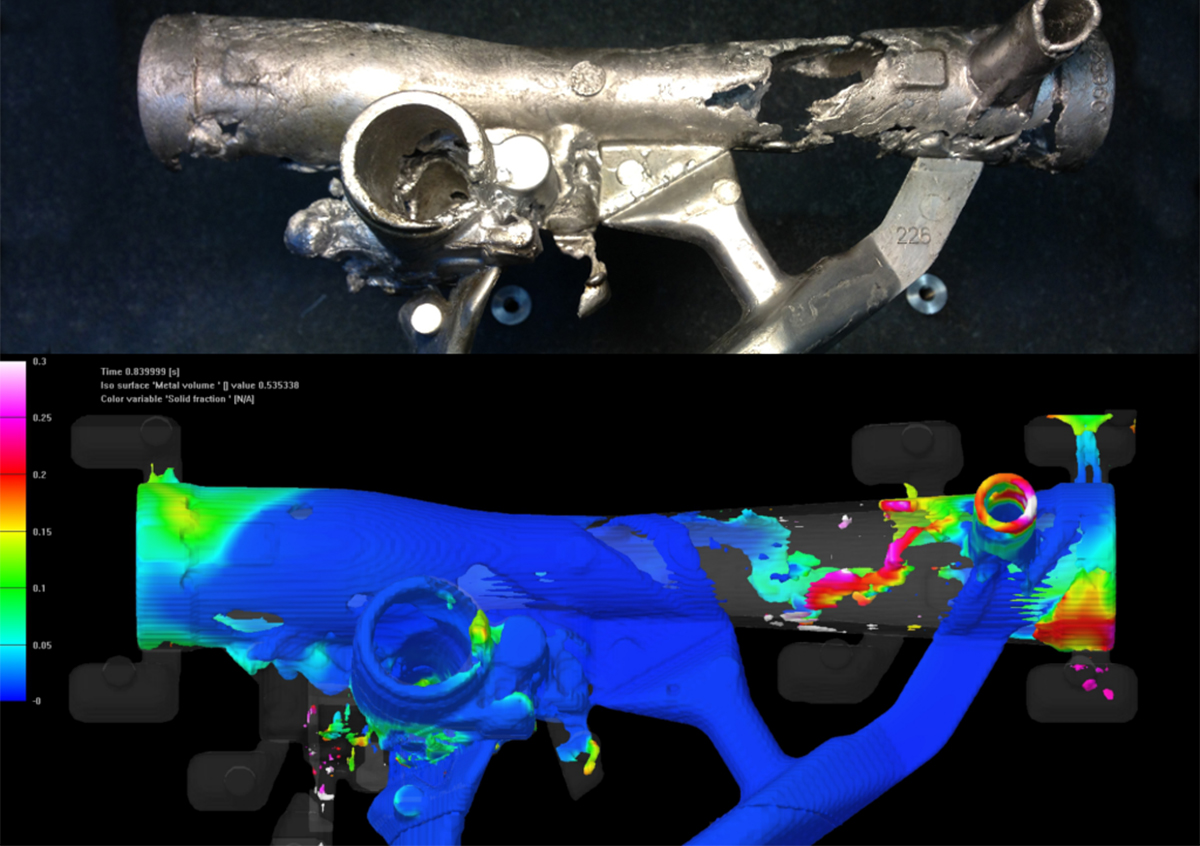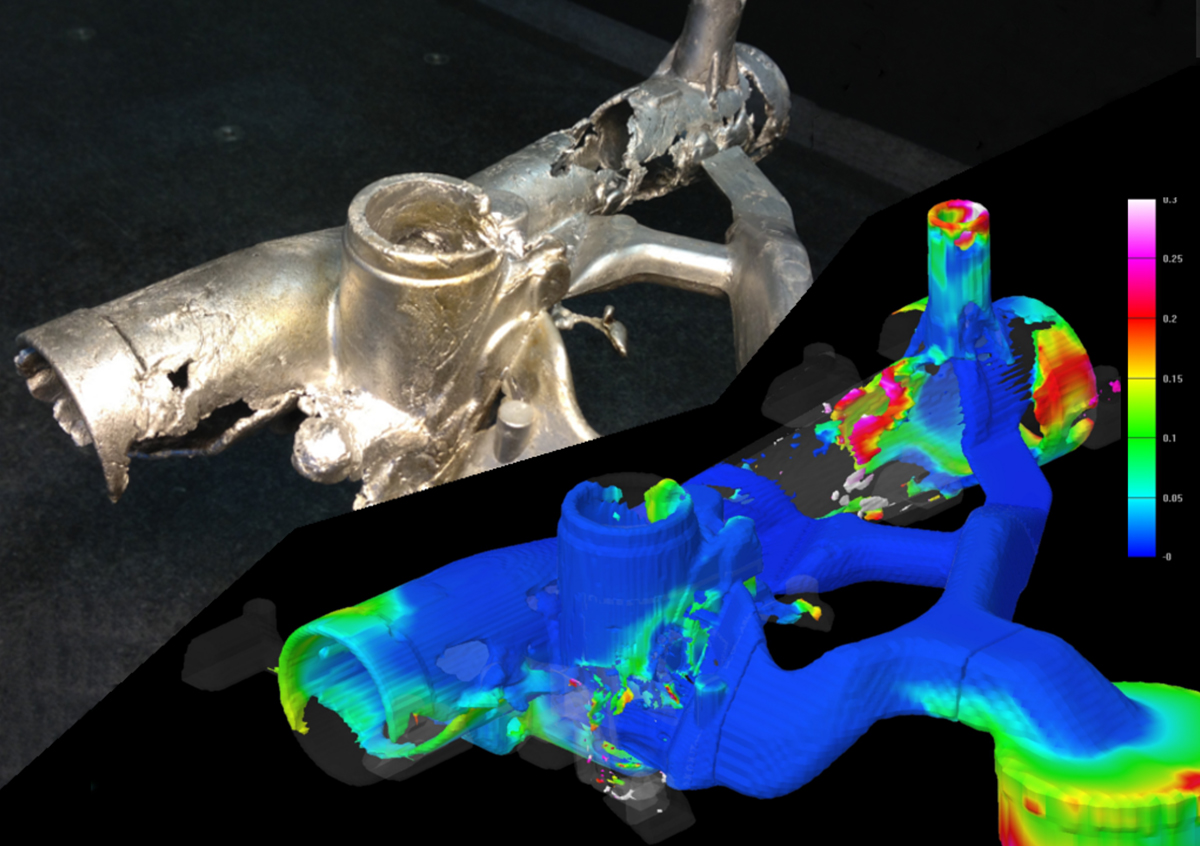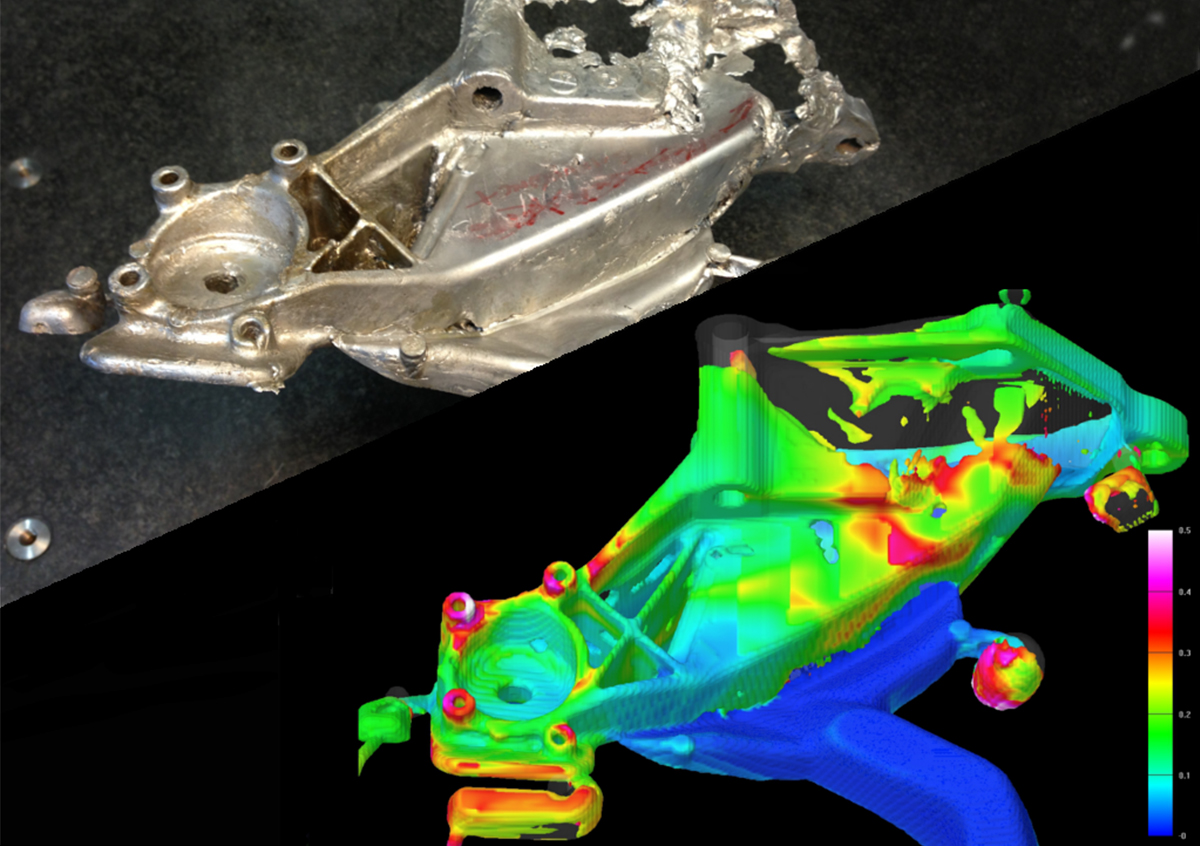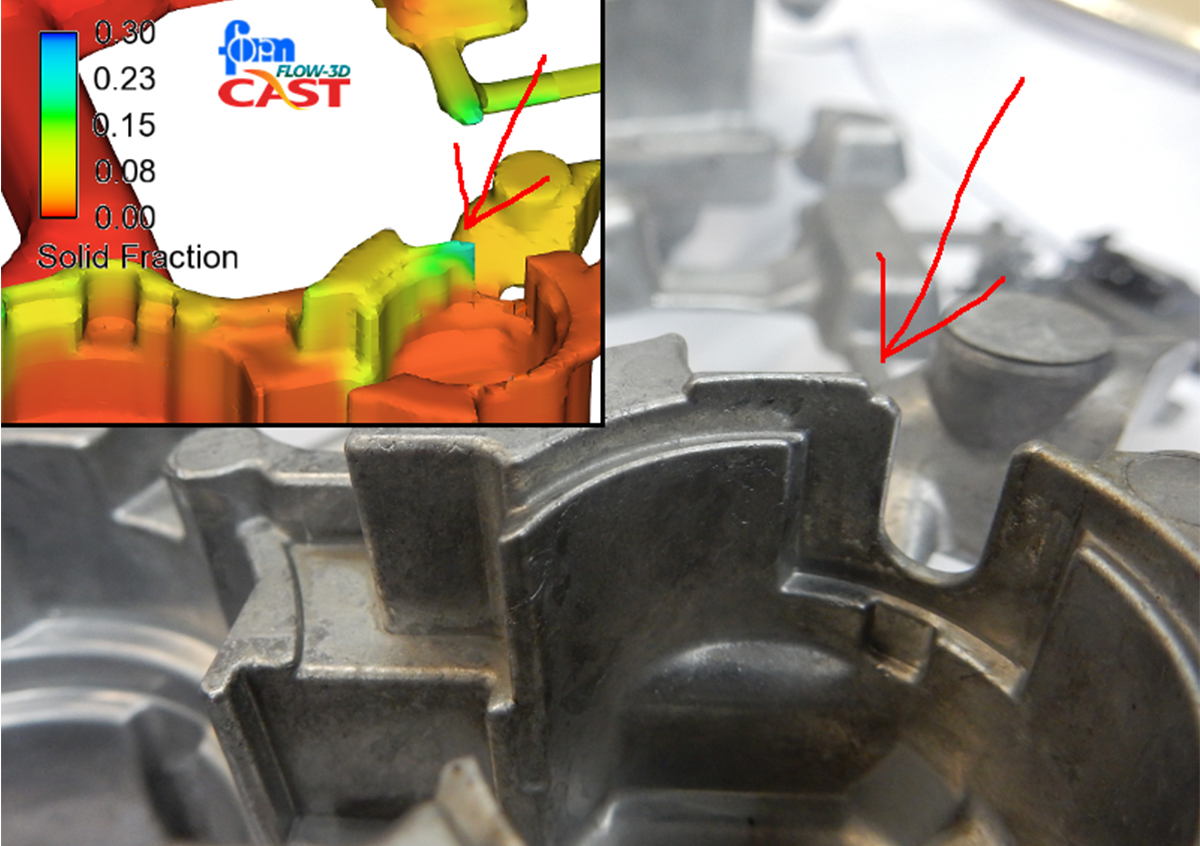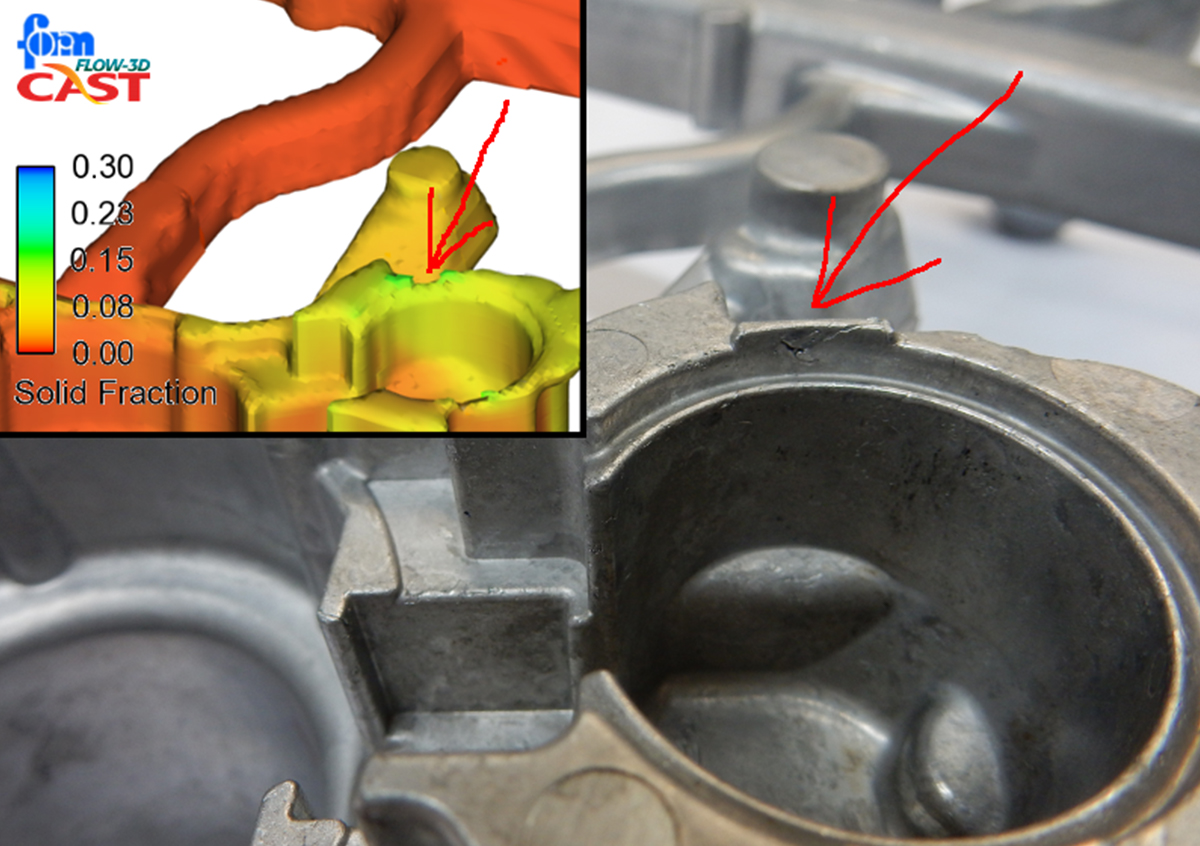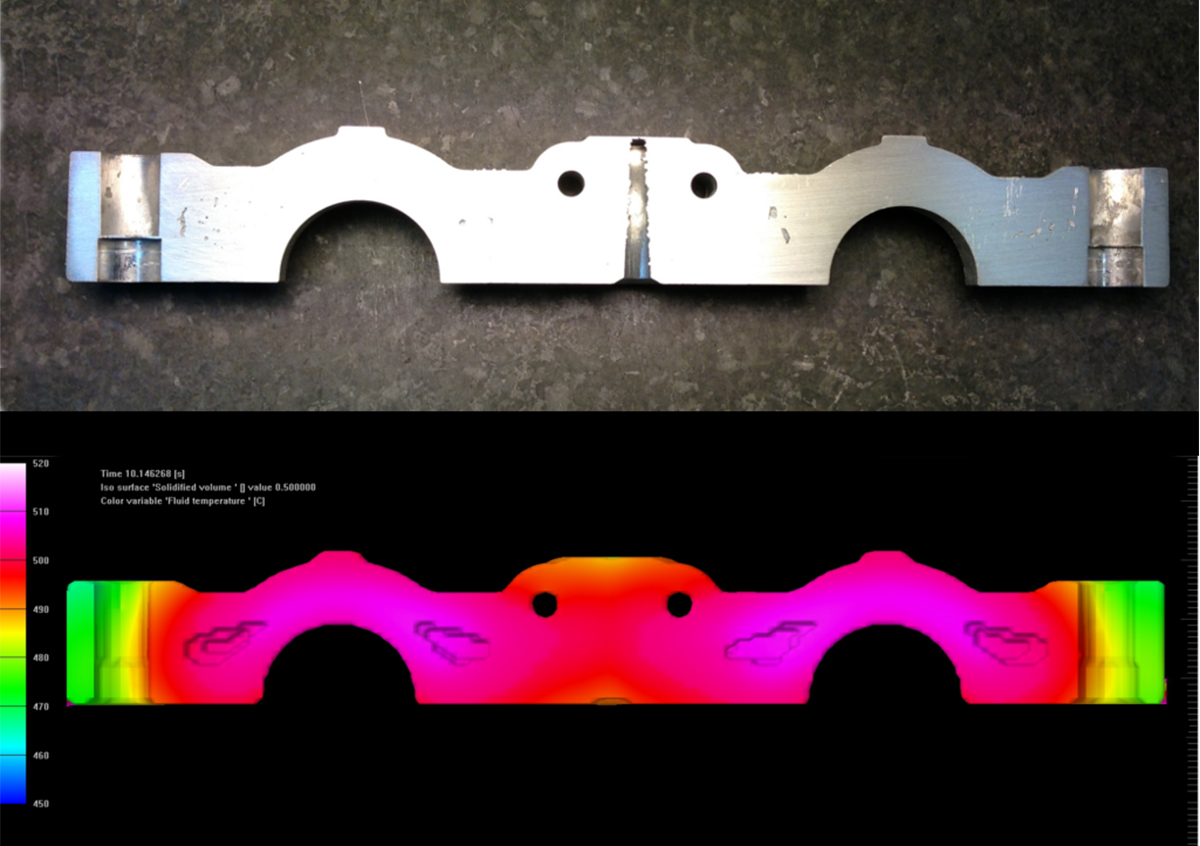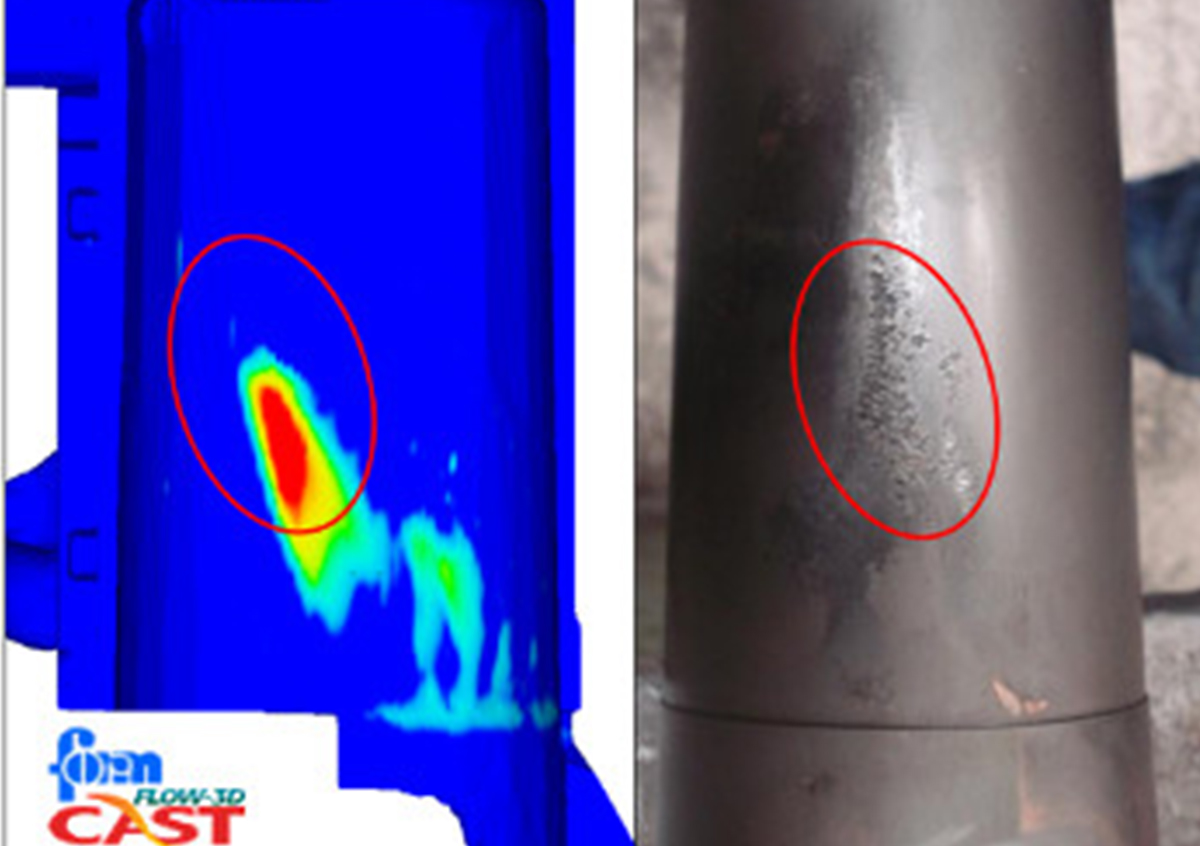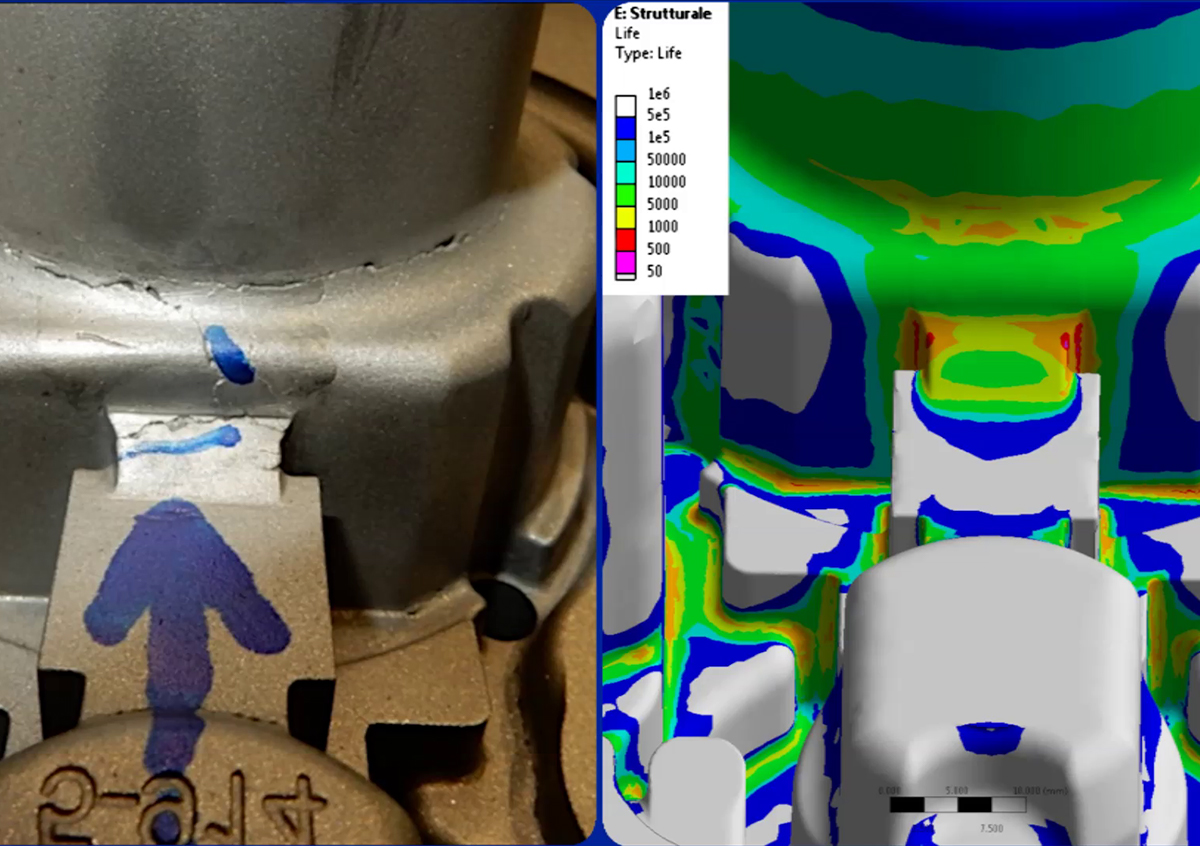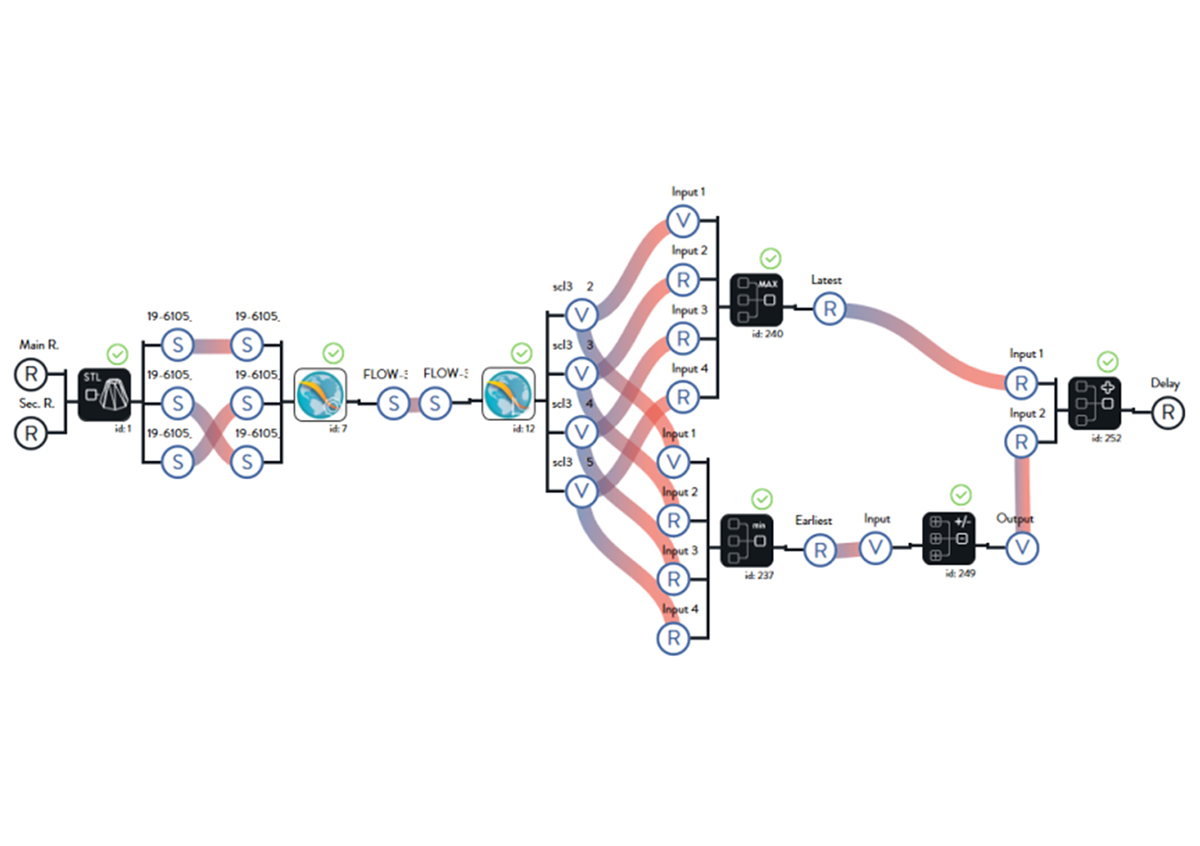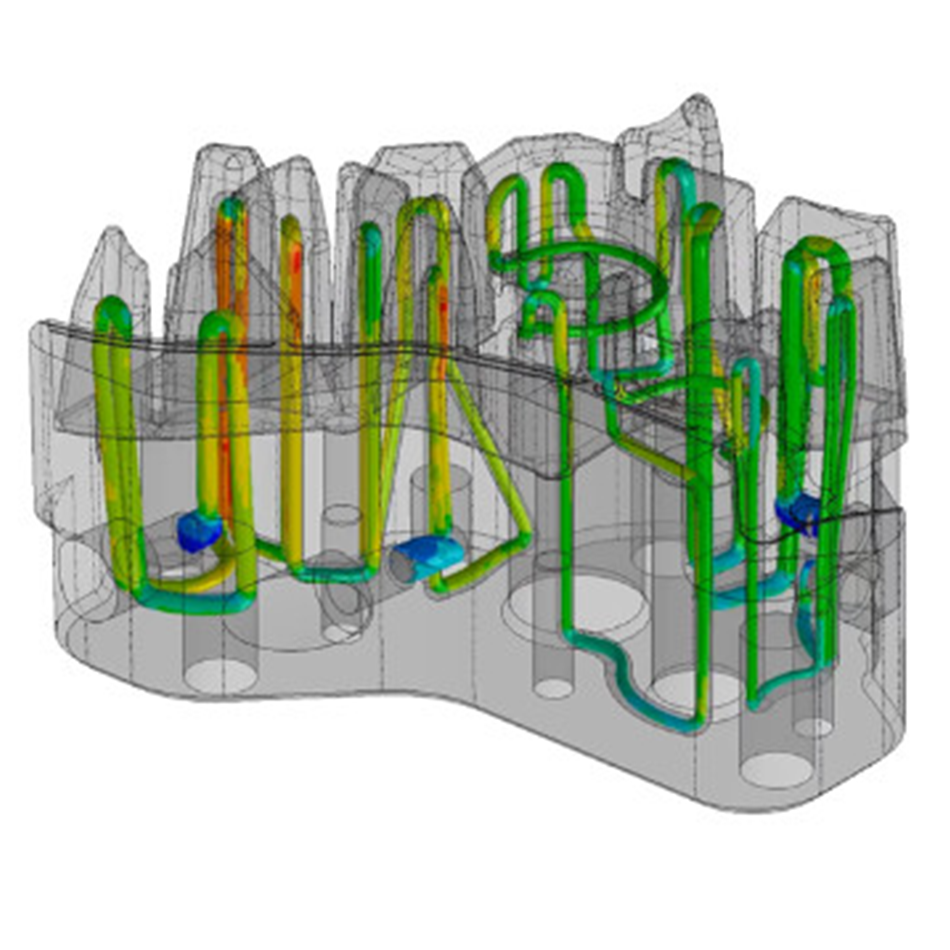The mold design process is often a long and laborious process and sometimes it becomes a race against time as delivery deadlines are increasingly shorter.
This involves, at some point, the freezing of the design due to lack of time and by this way the final result is always a compromise.
Thanks to the advent of Artificial Intelligence some design processes can be automated with consequent time savings.
This is a real optimization that leads to definitely better results than in the traditional process.
In particular at FORMSTAMPI we have been testing for several months a software that has just been released on the market, IMPROVEit (XC Engineering, later incorporated into Flow-3D).
It interfaces with the software used in our technical department, in particular Creo5 (PTC) and FLOW-3D® CAST (Flow Science inc.).
Our goal is the optimization of the casting systems for our molds, pursued by acting on the geometric parameters to minimize the defects resulting from the casting simulation.
Thanks to this software our workflow given by the iteration
1) process simulation
2) interpretation of the results and
3) geometry modification was automated, making it possible to perform over 20 casting simulations during a weekend to arrive on Monday morning with the best solution found.
Below you can read the presentation we brought to the FLOW-3D – European User Conference 2019 and which here won the BEST PRESENTATION AWARD. You can also find here the article published in “Fonderia Pressofusione” made with XC Engineering (Italian language only available).

